Introduction to Exobiology and Astrobiology
The search for life beyond planet Earth has captivated humanity for centuries, evolving from myths and speculations to concrete scientific fields. Today, exobiology and astrobiology stand at the forefront of this quest, each with distinct yet interconnected roles. Exobiology delves into potential forms of extraterrestrial life, studying how alien organisms might adapt to extreme environments like subsurface oceans or high-radiation atmospheres.
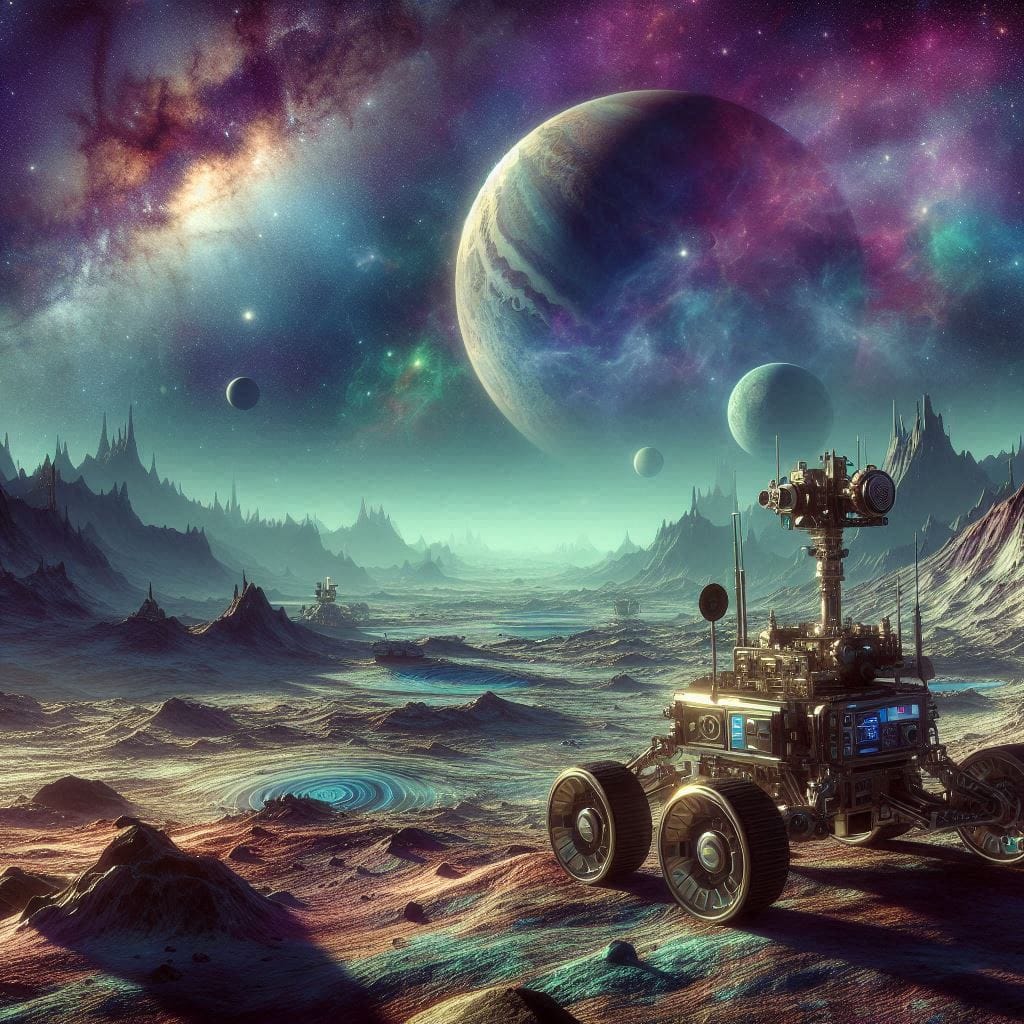
On the other hand, astrobiology combines insights from biology, chemistry, and astronomy to understand the universal requirements for life. From investigating Earth’s earliest life forms to exploring habitable planets and searching for biosignatures (chemical indicators of life), astrobiology seeks answers to fundamental questions about life’s origins and persistence in space. As these fields evolve, they continuously reshape our understanding of biology, evolution, and the conditions required for life across the cosmos.
Discover what is exobiology and astrobiology, their significance, and NASA’s role in the quest for life beyond planet Earth.
What is Astrobiology?
Astrobiology is an interdisciplinary science focused on the origin, evolution, and distribution of life in the universe. By studying the unique factors that support life, astrobiologists aim to identify potential habitats beyond Earth. For instance, examining life’s origins on Earth provides essential clues to how life might emerge on other planets. Additionally, astrobiologists study “extremophiles,” organisms that thrive in extreme environments, to understand how life could exist in places once thought inhospitable, such as icy moons or harsh planetary atmospheres.
Key areas of focus in astrobiology include:
- Origins of Life: Studying Earth’s biochemistry helps us understand life’s potential chemical foundations elsewhere.
- Habitability: Exploring planets and moons with water, atmosphere, and energy sources, like Mars and Jupiter’s moon Europa, where conditions may be conducive to life.
- Detection of Biosignatures: Identifying elements like methane, water vapor, and oxygen in exoplanet atmospheres, which may indicate biological processes.
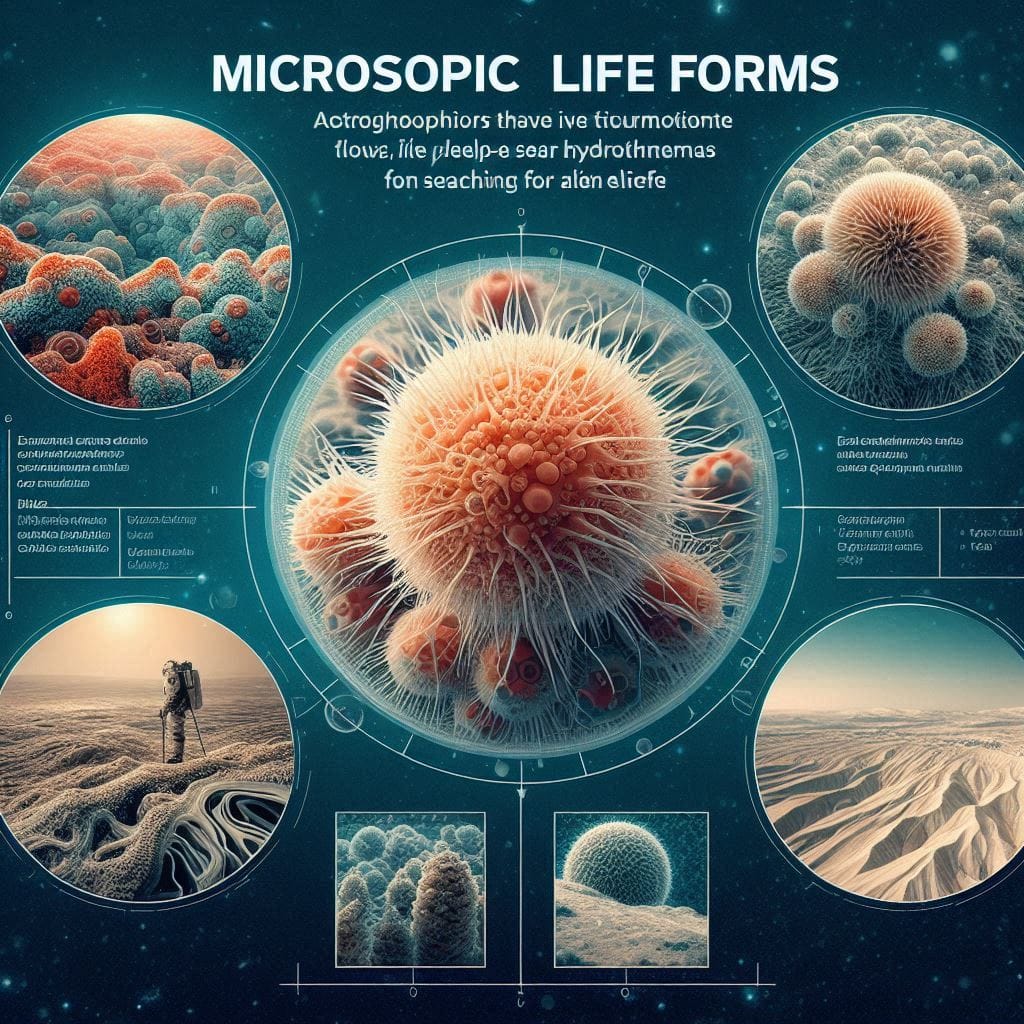
Astrobiology’s integrative approach not only enhances our knowledge of life on Earth but also expands our imagination for the potential diversity of life beyond our planet. The field continues to drive cutting-edge research, from biosignature detection methods to missions that explore the surfaces of promising celestial bodies.
The Astrobiology NASA Research
NASA has been a leader in the field of astrobiology since its inception, developing programs and missions dedicated to searching for extraterrestrial life forms. The NASA Astrobiology Institute (NAI) serves as a central research hub, uniting scientists across disciplines to examine life’s possibilities in the cosmos. NASA’s dedication to exploring life-supporting environments is evident in its landmark missions.
Some of NASA’s key contributions to astrobiology include:
- Mars Missions: NASA’s rovers, including Curiosity and Perseverance, have conducted extensive analyses of Mars’s surface, drilling into rocks and examining soil samples to detect organic molecules. These missions aim to uncover past or present life-sustaining conditions on the Red Planet.
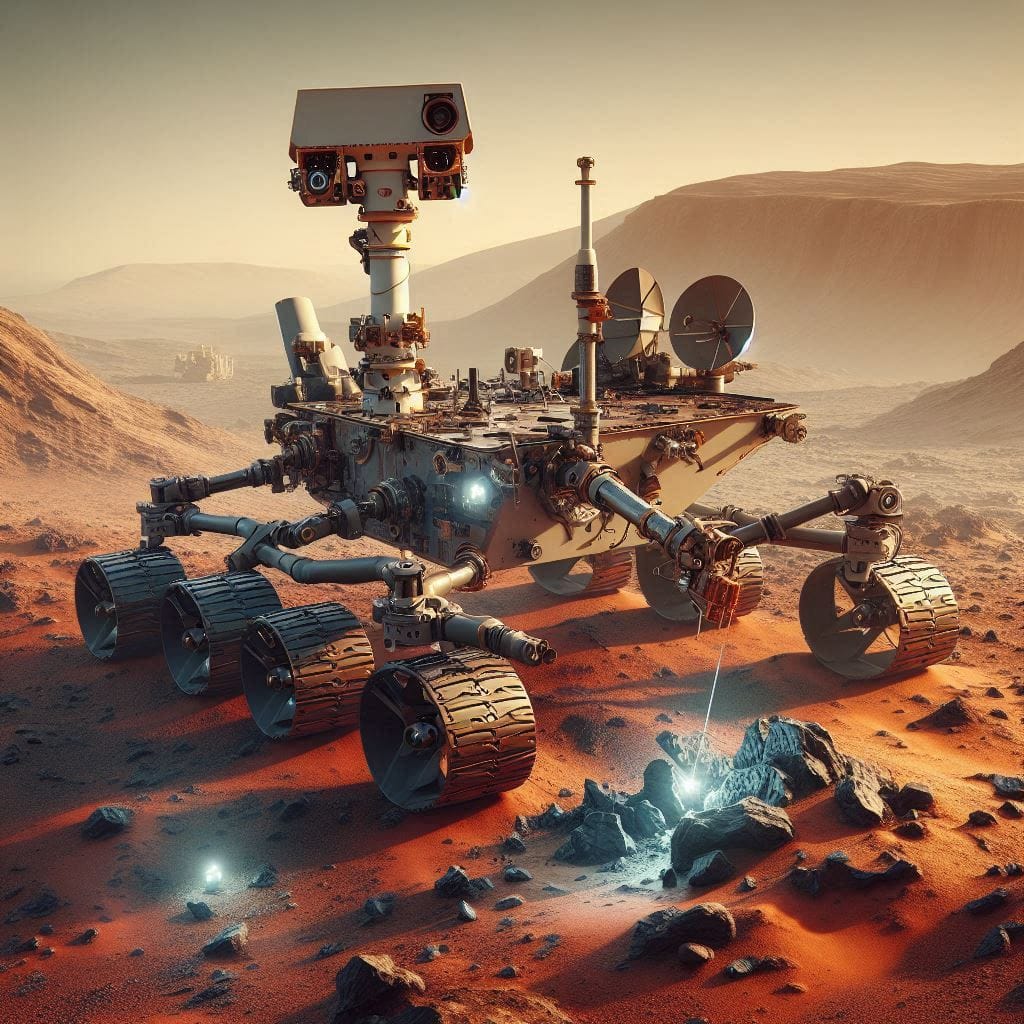
- Jovian and Saturnian Moons: NASA has also set its sights on moons with subsurface oceans, like Europa and Enceladus. These moons, with their potentially life-supporting waters beneath icy crusts, are believed to be prime locations for microbial life. The upcoming Europa Clipper mission will assess Europa’s habitability by analyzing its ice shell and surface composition.
- Exoplanet Research: NASA’s telescopes, such as the James Webb Space Telescope (JWST), are equipped to identify exoplanets (planets outside our solar system) that exhibit conditions similar to Earth. These instruments analyze atmospheric compositions for signs of water vapor, methane, and oxygen, all crucial indicators of a planet’s habitability.
Through these missions, NASA is continually advancing our understanding of life’s potential in the cosmos, solidifying its role as a pioneer in astrobiology NASA research.
Key Concepts in Exobiology: The Search for Extraterrestrial Life Forms
Exobiology, a subset of astrobiology, zeroes in on the search for extraterrestrial life forms and the distinct biochemistries that might support them. Scientists in this field examine various factors that could make a planet or moon habitable, often focusing on the “Goldilocks Zone” – the optimal distance from a star where temperatures allow liquid water to exist.
Other focal points of exobiology include:
- Extreme Environments: Scientists look to environments like acidic lakes, volcanic vents, and frozen tundras on Earth, where life has adapted to thrive in harsh conditions. These environments mirror potential habitats on distant planets and moons.
- Biochemistry of Alien Life: Exobiologists explore the possibility of life that relies on elements other than carbon and water, like silicon-based life forms or organisms that metabolize in sulfur-rich conditions.
- Habitats Beyond Earth: Exobiology focuses on places such as Mars, icy moons, and rogue planets, hypothesizing about the types of life that might inhabit these diverse environments.
By studying these unique possibilities, exobiologists aim to identify not just where life could exist, but how it might differ fundamentally from life on Earth.
The Scientific Tools and Techniques Used in Astrobiology
Astrobiologists utilize advanced tools and techniques to detect biosignatures and study planets for potential life-supporting elements. Some of the most critical methods and technologies include:
- Space Telescopes: Instruments like the James Webb Space Telescope and Hubble Telescope have the capability to analyze exoplanet atmospheres, identifying gases like methane, oxygen, and water vapor, which can suggest biological processes.
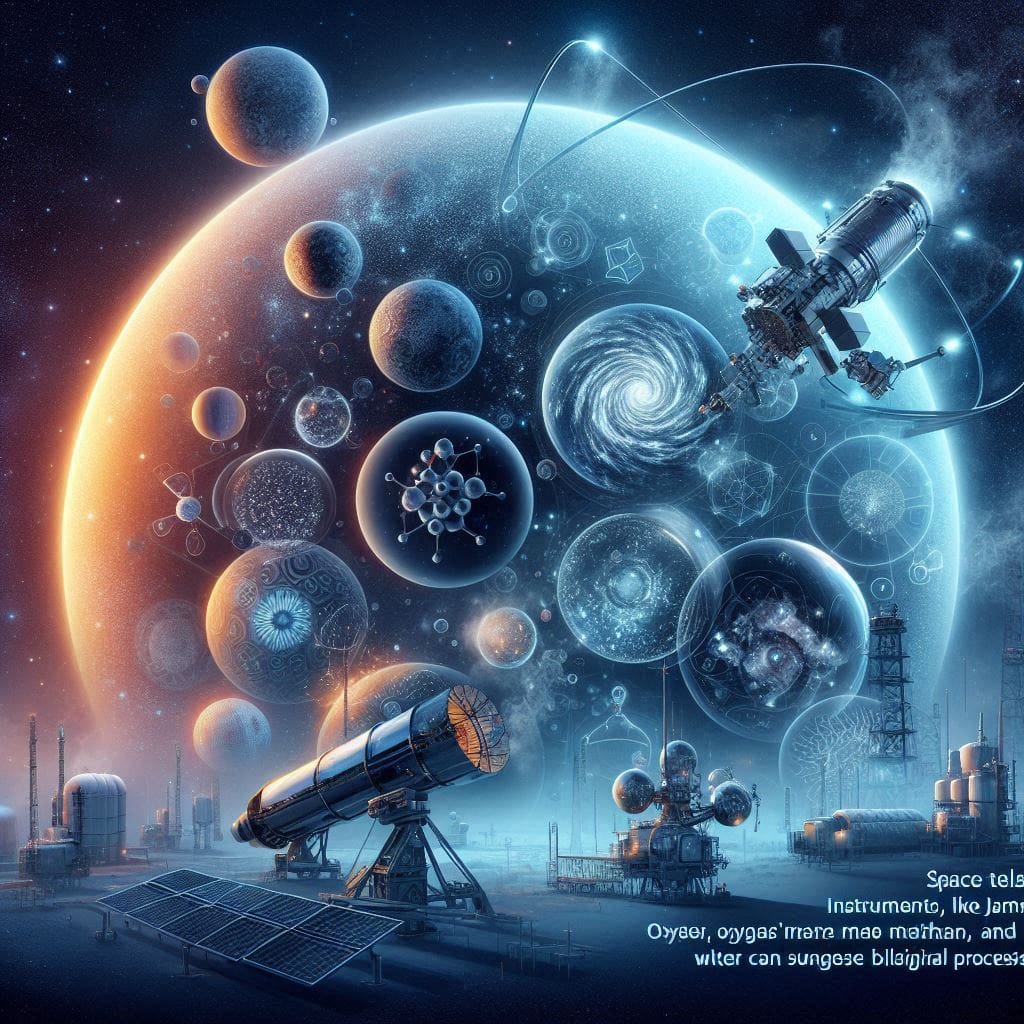
- Spectroscopy: Spectroscopic techniques help scientists break down light from distant planets to understand their chemical composition. By studying specific wavelengths of light, researchers can detect signs of organic molecules or other life-related elements.
- Planetary Imaging: NASA’s planetary missions use high-resolution imaging to capture detailed visuals of planets and moons, which assists in mapping surface features and identifying geological processes that may support life.
- Biosignature Detection: Advanced rovers like Perseverance are equipped with instruments to detect potential biosignatures in rocks and soil. By analyzing Martian samples for organic compounds, scientists aim to uncover evidence of microbial life, past or present.
Through these sophisticated tools, astrobiologists gain a more comprehensive view of potential habitats and chemical markers that could indicate extraterrestrial life. Each technological advancement brings us closer to answering the age-old question: are we alone in the universe?
Fascinating Discoveries in Exobiology and Astrobiology
In recent years, astrobiology has unveiled groundbreaking discoveries that edge us closer to finding life beyond planet Earth. A landmark in exobiology discoveries came with the detection of organic molecules on Mars by NASA’s Curiosity rover. Organic compounds—carbon-based molecules essential for life—suggest that ancient Martian environments may have been hospitable to microbial life. Additionally, observations of water plumes on Europa, a moon of Jupiter, hint at a subsurface ocean, a possible habitat for life forms shielded from space’s radiation by a thick ice crust.
Closer to home, Earth’s extremophiles provide models of how life might thrive in harsh extraterrestrial conditions. These organisms—like those found in deep-sea hydrothermal vents—survive without sunlight and under extreme pressures, inspiring scientists to consider life in the high-radiation environments of moons or planets far from their stars. These discoveries contribute to our understanding of life’s adaptability and fuel the possibility that similar organisms could exist on other worlds, pushing the boundaries of what scientists once thought possible.
Astrobiology and the Study of Extreme Life on Earth (Extremophiles)
The study of extremophiles is crucial in astrobiology for understanding how life might survive in other parts of the universe. Extremophiles are organisms that thrive in environments hostile to most life forms on Earth. By studying life in extreme environments such as acidic lakes, deep-sea vents, and frozen polar regions, scientists gain insights into how life might evolve on planets and moons with conditions far harsher than Earth’s. For example, thermophilic bacteria in hydrothermal vents survive at temperatures exceeding 100°C, leading astrobiologists to speculate that similar organisms could exist in the icy subsurface oceans of moons like Enceladus.
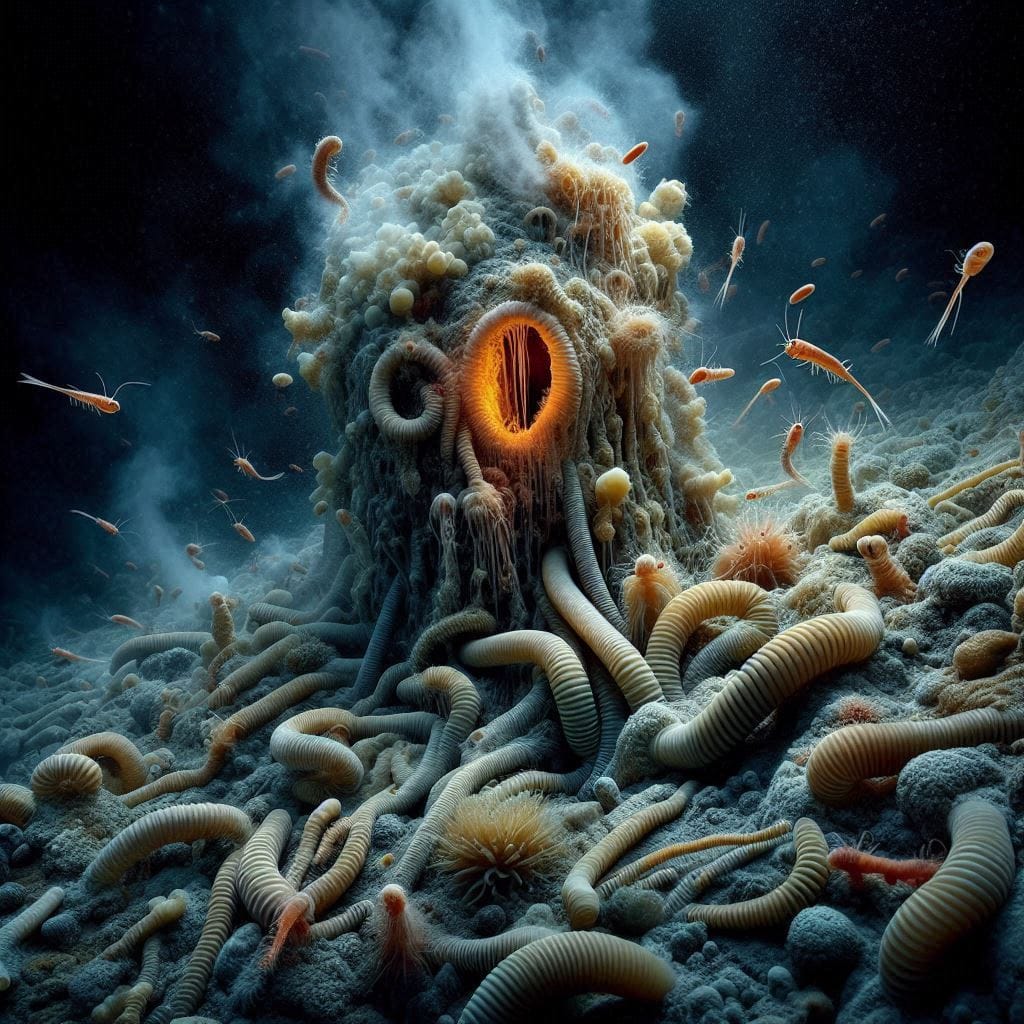
These findings on Earth help scientists model potential analogs for alien life, guiding the search for biosignatures on other planets. Extremophiles demonstrate life’s extraordinary resilience, suggesting that the “building blocks” for survival may exist in even the harshest parts of the cosmos. By exploring these organisms, astrobiologists prepare for potential discoveries of extraterrestrial microbial life, with Earth’s extremophiles as living proof of life’s adaptability.
The Future of Astrobiology: Upcoming Missions and Research Goals
Astrobiology is on the cusp of a new era with several upcoming missions that aim to further our understanding of habitability in the cosmos. Among the most anticipated missions is NASA’s Europa Clipper, which will fly by Jupiter’s icy moon Europa to assess its potential to harbor life. The mission will analyze the moon’s icy shell and underlying ocean, searching for biosignatures and assessing conditions that could sustain life.
Another exciting mission is Dragonfly, a rotorcraft set to explore the surface of Titan, Saturn’s largest moon. Titan’s complex organic chemistry and dense atmosphere make it a strong candidate for prebiotic—or even biotic—activity. Moreover, next-generation telescopes like the James Webb Space Telescope will provide unprecedented imaging and spectroscopy, enabling scientists to analyze exoplanet atmospheres for water vapor, methane, and oxygen—key indicators of possible life.
These missions will not only deepen our understanding of astrobiology goals but also provide invaluable data for identifying environments where life could exist, shaping the future of the s extraterrestrial life forms.
The Ethical and Philosophical Implications of Finding Extraterrestrial Life Forms
The search for extraterrestrial life raises profound ethical and philosophical questions. How should humanity react if alien life is discovered, especially if it involves intelligent beings? Ethics of astrobiology discussions have increasingly focused on contamination prevention, as our exploration of planets and moons risks transferring Earth’s microbes to new worlds or inadvertently introducing alien organisms to Earth. Scientists are developing protocols to minimize cross-contamination, aiming to preserve the integrity of extraterrestrial ecosystems and protect Earth’s biosphere.
Beyond ethical considerations, the philosophical implications of alien life could reshape humanity’s understanding of its place in the universe. If life exists beyond Earth, it challenges deeply held beliefs about humanity’s uniqueness and prompts reflection on the meaning of life itself. These questions encourage people from all backgrounds to consider the potential for a universal community and humanity’s role within it, highlighting that the pursuit of astrobiology is as much about discovery as it is about introspection.
Conclusion: The Expanding Frontier of Exobiology and Astrobiology
In our pursuit of life beyond planet Earth, astrobiology NASA and exobiology have expanded the boundaries of science and philosophy, inspiring both curiosity and wonder. From studying extremophiles on Earth to exploring distant moons and exoplanets, humanity is on a journey to uncover the unknown. With each mission and discovery, we edge closer to understanding whether we are truly alone in the universe.
As new technologies emerge and research in astrobiology advances, the field continues to inspire us to think beyond Earth and consider life’s resilience, adaptability, and diversity. This expanding frontier invites readers to follow the journey, fostering curiosity and excitement about what lies ahead in our collective quest to find extraterrestrial life forms.
Further Reading to Expand Your Knowledge
- The Future of Propulsion: Magnetohydrodynamic Thrusters Explained – Discover the advanced technology behind magnetohydrodynamic (MHD) thrusters and how it could power the next generation of spacecraft, bringing us closer to exploring deep space.
- Quantum Radar Technology – Explore how quantum radar could revolutionize space exploration and interstellar communication by allowing us to detect and study distant objects with unprecedented precision.
- Plasma Jet Engines: A Revolutionary Concept for Space Travel – Delve into the science behind plasma jet engines and their potential to transform space propulsion, making longer and faster space travel more achievable.
- Hydrogen-Powered Drones – Learn how hydrogen-powered drones are shaping the future of aviation and could play a significant role in space exploration and planetary studies with extended endurance and environmental benefits.
Each of these articles delves into groundbreaking advancements that might one day assist humanity in exploring distant planets and possibly finding life beyond Earth.






